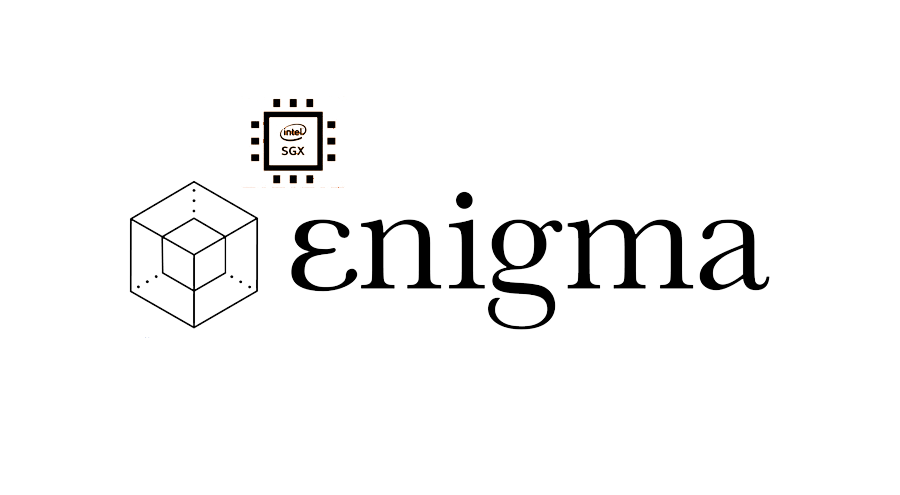Enigma, a protocol for privacy-preserving smart contracts and decentralized applications, today announced it is utilizing Intel Software Guard Extensions (Intel SGX) as a foundation to create its public blockchain that supports privacy-preserving “secret” contracts.
Set to launch in the second half of 2018, in its protocol, Enigma will deploy Intel SGX to protect data while still allowing for computation over the data as part of a scalable, secure solution.
By integrating the Intel SGX functionality for private smart contracts on the Ethereum public ledger, Intel’s technology will protect data and code through the use of enclaves that are protected areas of execution in memory.
Focused on solving the major issues of privacy and scalability currently impacting available public blockchains and dApp platforms, Enigma is working to create a platform for dApp developers and to build strong solutions addressing these challenges. Enigma aims to be the first public platform for scalable, end-to-end decentralized applications.
“Enigma’s vision is making decentralized technologies work at scale, and in these critical early stages of the industry, it is important to work with the best partners and technology. We are excited to collaborate with Intel to advance privacy technology and protocols on public blockchains.”
Enigma will further collaborate with Intel on research and development efforts to advance the development of privacy-preserving computation technologies using Intel SGX.
“Intel is committed to enabling business transformation by shortening the time-to-value from blockchain implementations and working with the industry to address privacy, security and scalability challenges. Enigma’s protocol approach is helping solve the challenges on public blockchain networks and improving data privacy and smart contract security.”
